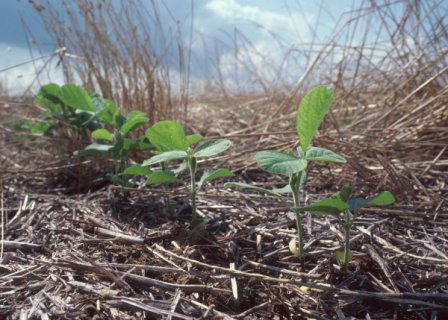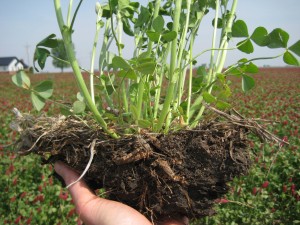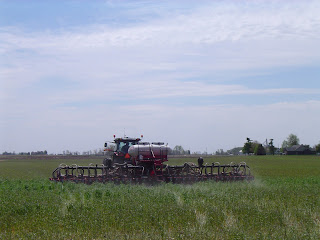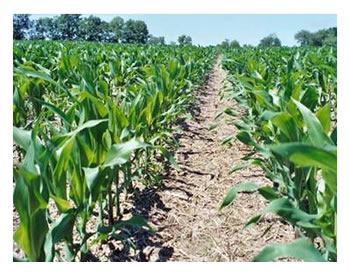 |
Photo credit: Natural Resources Conservation Service
|
May marks the 22nd anniversary of American Wetlands Month. It is a time when we all should celebrate the vital importance wetlands play in our world protecting our soil and water resources.
It is also a great opportunity to teach others about the important role wetlands play in our environment and the significant benefits they provide — improved water quality, increased water storage and supply, reduced flood and storm surge risk, and critical habitat for plants, fish, and wildlife.
Wetlands are the vital link between land and water, where the flow of water, the cycling of nutrients, and the energy of the sun meet to produce highly productive ecosystems with unique plant and animal life.
Wetlands are often referred to as the "kidneys" of the landscape for their ability to remove excess nutrients, toxic substances, and sediment from water that flows through them, helping to improve downstream water quality. Natural wetlands have also been effective in removing contaminants such as pesticides, landfill liquids, dissolved chlorinated compounds, metals, and stormwater runoff.
Wetlands play an important role in reducing the frequency and intensity of floods by acting as natural buffers — slowing, absorbing, and storing significant amounts of floodwater. Since flooding is the most common natural hazard in the nation, wetlands play an integral role in managing this risk, particularly through planning approaches that consider the entire watershed.
The presence of wetlands on the landscape can also mitigate flood damage inland. A study by the Wetlands Initiative concluded that restoring wetlands along the 100-year flood plain of the Upper Mississippi River could increase storage capacity to 39 million acre-feet of flood water--a similar volume to the Mississippi Flood of 1993 that caused $16 billion in damages.
The ability of wetlands to store and filter water helps to protect and replenish surface and underground drinking water sources.
As nurseries of nature, wetlands are among the most biologically productive natural ecosystems in the world, comparable to rain forests and coral reefs in their productivity and in the diversity of species they support. Mixtures of vegetation and shallow water zones provide diverse habitats for a variety of species — plants, insects, amphibians, reptiles, birds, fish, shellfish, and mammals. Many species rely on these critical habitats for survival as sources of food, shelter, and breeding grounds.
For example, frogs, toads, and salamanders depend on small, isolated wetlands during their development. It is estimated that one-half of all North American bird species nest or feed in wetlands, and despite the fact that wetlands comprise only 5% of the land surface in the conterminous United States; they are home to an estimated 31% of plant species.
Source:
U.S. EPA



























